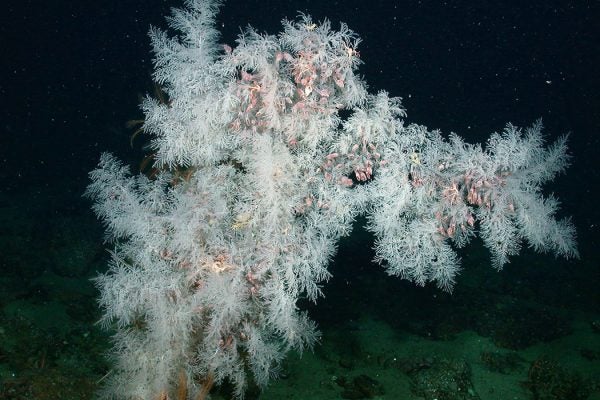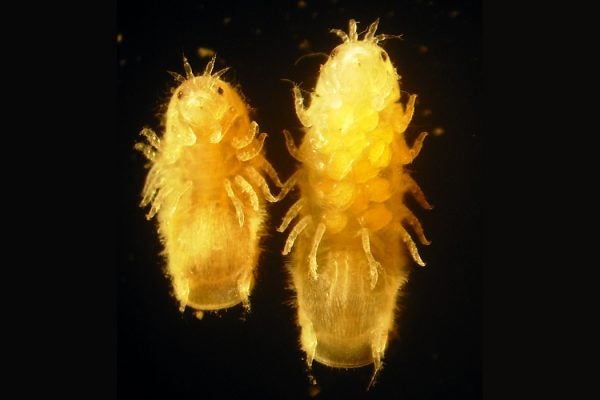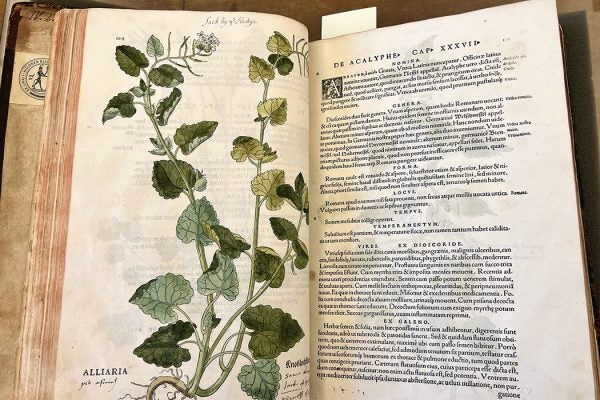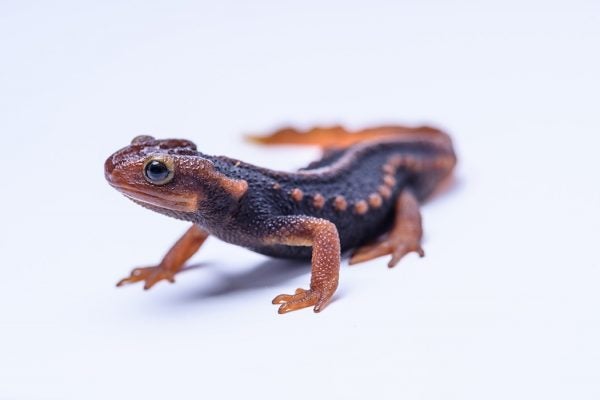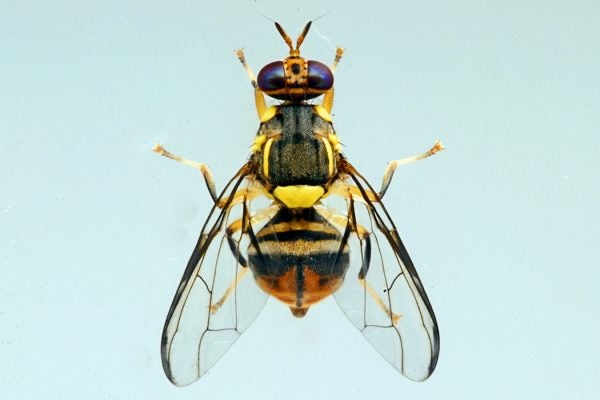Our Most Popular Stories of 2021
This year, readers were into peanut butter and jelly, semi-conductors, bayonets, Victorian knitting manuals, plus the hard-working dogs of Medieval Europe.
Our Writers’ Favorite Stories of 2021
Without our writers (and editors and fact checkers and producers) and you, we're nothing.
Meet the Christmas Tree Doppelgängers of the Sea
More than one marine species is named for the beloved evergreens.
How “Termites of the Sea” Have Shaped Maritime Technology
These small marine pests have been eating our ships for millennia, forcing us to keep building better boats throughout history.
Wreath-Making in National Parks? In Mexico, Yes
Mexico created its national parks system in the 1930s. Today, hundreds of thousands of people live, and work, within its boundaries.
Plant of the Month: Garlic Mustard
As garlic mustard naturalized in North America, it became a popular plant to forage for impoverished and rural communities.
Destroying “Forever Chemicals” For Good
But will it make a difference for cleaning up pollution?
The Quiet eDNA Revolution Transforming Conservation
The aquatic monitoring tool has powerful potential.
The True Costs of Invasive Species
The time between species arrival and the onset of management is critical to determining the ultimate cost of an invasive species.
What is Old Growth, and Why It Matters
Old growth forests are often famed for their beauty, cultural and historical significance. But there's more to old growth than just the age of the trees.


